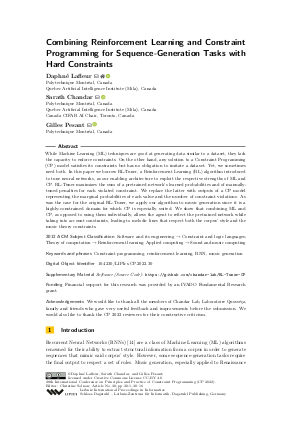LIPIcs.CP.2022.30.pdf
- Filesize: 2.48 MB
- 16 pages

 Creative Commons Attribution 4.0 International license
Creative Commons Attribution 4.0 International license





Feedback for Dagstuhl Publishing